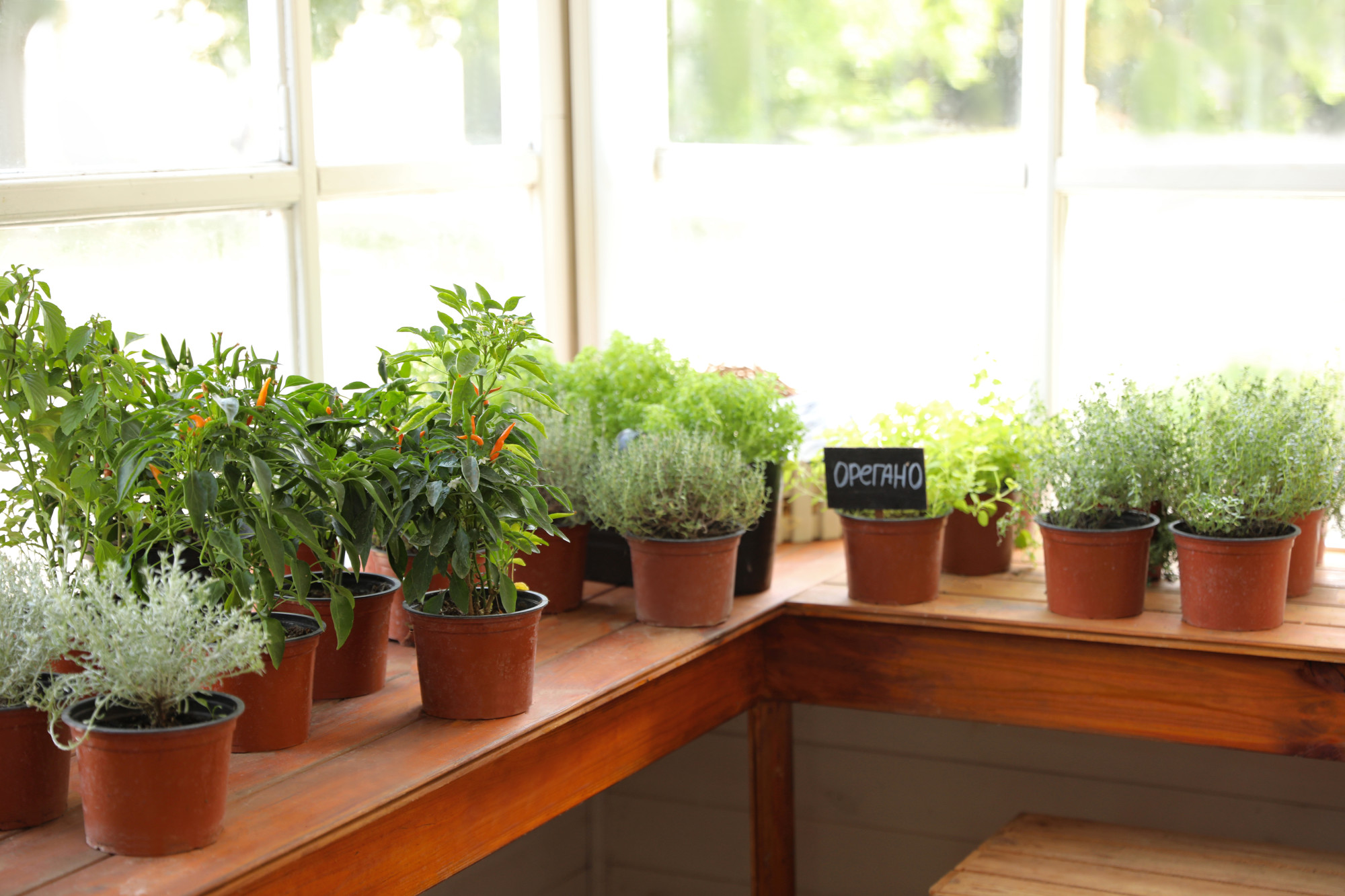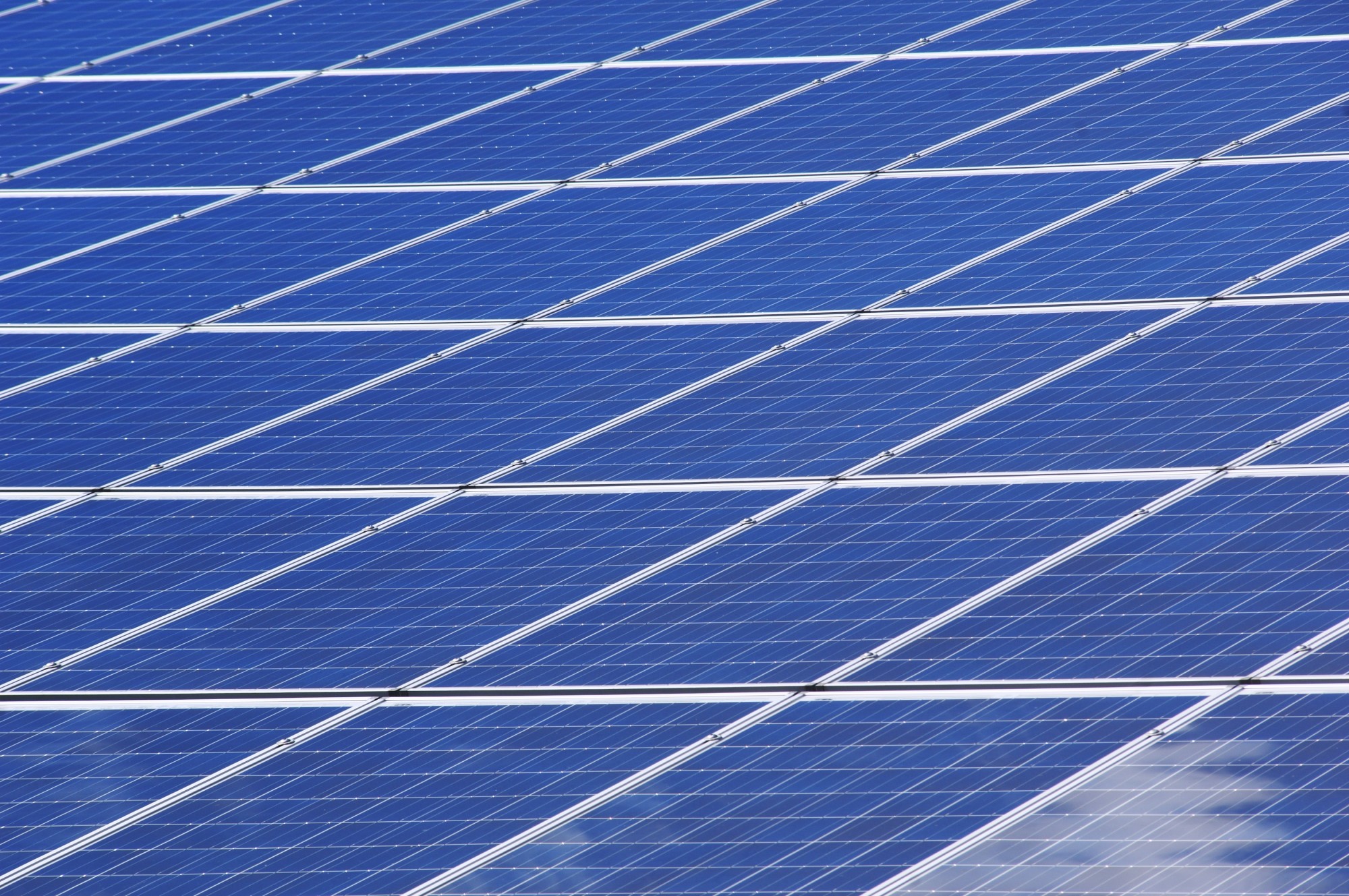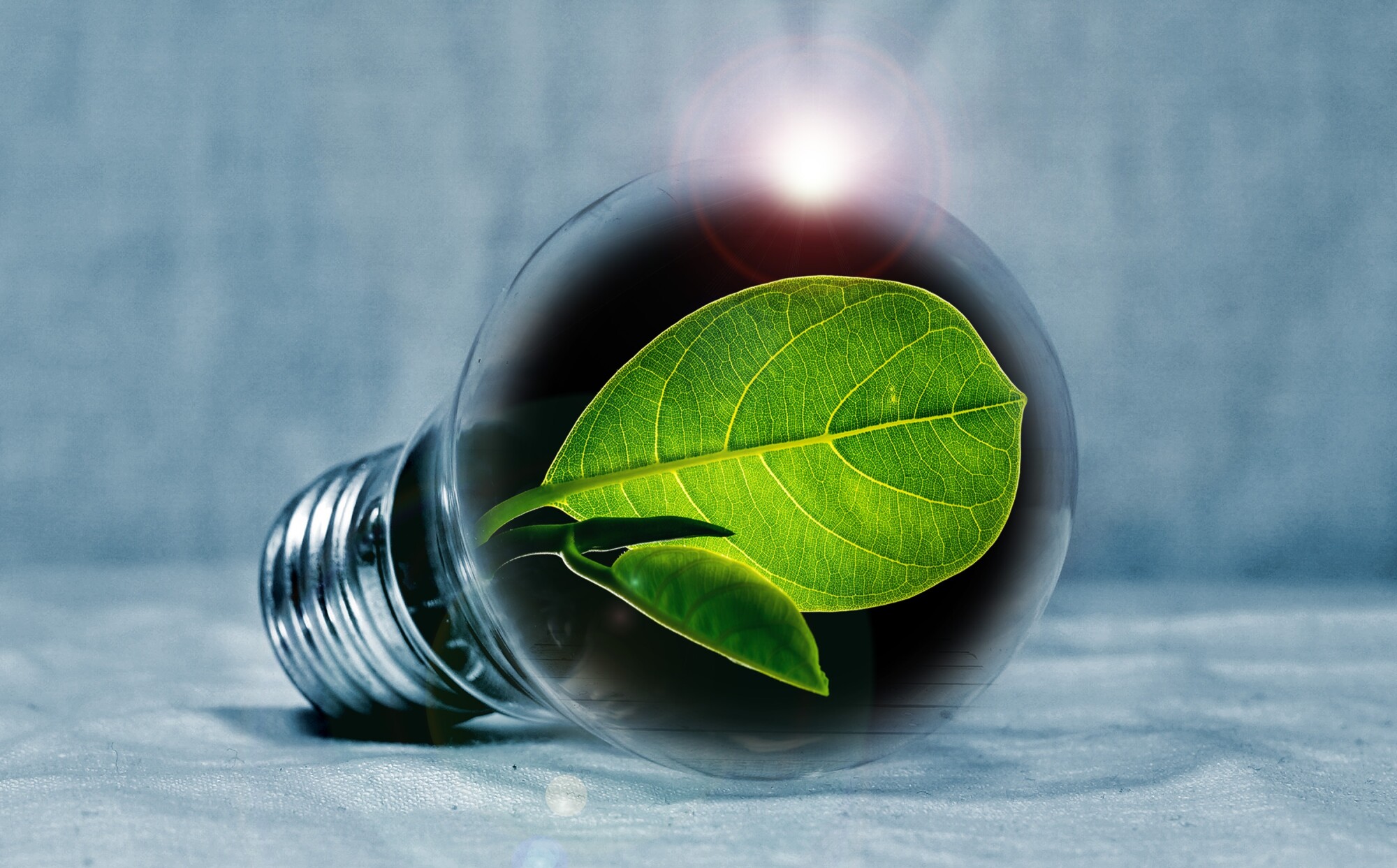More people than ever before are starting to make sustainability a priority.
Americans are spending billions of dollars each year on sustainable, eco-friendly products, and more than 3 million jobs throughout the U.S. are considered to be “green jobs.”
What are you doing, at home or in the office, to treat the earth a little better? Have you ever considered changing up your web design?
Yes, your web design could actually be harming the environment.
Read on to learn more about the importance of sustainable web design and what you can do to make your website more eco-friendly.
What Is Sustainable Web Design?
Many people assume that more resources being available online is a good thing. After all, if you’re accessing information via the internet, you’re not using any paper or throwing anything away, right?
It’s true that going digital cuts down on paper usage. Going digital isn’t without its own consequences, though.
Did you know that, if the internet were a country, it would rank sixth in the world for the amount of electricity it uses?
The internet actually has a massive carbon footprint — 830 million tons of carbon dioxide.
What Should We Do About it?
The internet has a pretty big impact on the earth. What is the solution, though?
Of course, we’re never going to get rid of the internet, nor should we try to.
Instead, we ought to focus on sustainable web design to reduce the environmental impact of the internet and make our homes and offices more sustainable.
The goal of sustainable web design is to help websites run more efficiently and minimize the amount of electricity they use.
The great thing about sustainable web design is that it actually benefits users, too. When websites run more efficiently and load more quickly, users get the information they need faster. Everyone wins!
Sustainable Web Design Tips
Clearly, sustainable web design is important. How do you actually make your website more sustainable, though? Start by implementing these five tips:
1. Change Your Hosting Service
One of the first steps you ought to take if sustainability is a priority for you is to switch to an eco-friendly hosting service.
Web hosts keep your site running 24/7. This is great for business, but it’s not great for the environment. Think about how much energy is required to keep billions of websites up and running.
Green web hosting involves a lot of different factors, including the following:
- Servers that are powered by renewable energy
- Carbon credit to offset energy usage
- Renewable energy credits that offset energy usage
- Optimizing servers to be more energy efficient
- Company-wide environmentally friendly practices
One of the most popular green hosting services is HostGator. HostGator switched to wind power back in 2008, which helped to significantly lower carbon emissions.
Before you panic, keep in mind that green hosting does not have to be expensive, either. HostGator was able to make major changes without raising rates on its users.
2. Change Your Power Source
Another step you can take is to change your company’s power source.
There’s a good possibility that the equipment used to create and maintain your website runs on electricity produced by burning coal. Changing your power source is a great way to help the planet.
Most electricity providers in the United States have at least one green option available. Whether its wind, solar, hydroelectric, or geothermal, there are options out there that will allow you to power your site in a better way.
Consider buying carbon offsets, too. This is a good option if green electricity isn’t available in your area. Carbon offsets help to balance out your electricity usage.
3. Lighten Up Your Site
Are you weighing your site down with tons of graphics and animations?
Even your color palette could be weighing heavily on your site. Dark colors actually require more electricity in order to be displayed.
If you want to lighten up your website — which, in turn, can help it to run more efficiently — start by getting rid of the dark backgrounds. Clean up your pages, too, and get rid of unnecessary graphics and information.
Not only will these changes improve the way your website runs, but they’ll also make it look a lot nicer.
People tend to prefer simpler, more minimalistic websites. You may find that more people start visiting your site once you clean it up a bit.
4. Offer Eco-Friendly Incentives
In addition to changing the way your website runs, you might also want to consider offering eco-friendly incentives to people in exchange for them following your business on social media or subscribing to your business’s blog or YouTube channel.
People love to feel like they’re helping the planet.
Consider something simple like planting a tree for each new subscriber you get or offsetting a specific amount of carbon dioxide in exchange for each new Instagram follower you get.
There are lots of programs out there that make it easy for you to follow through with these promises.
5. Increase Your Website Speed
Finally, take steps to increase the speed of your website. Changing the design can be a huge improvement to your website’s speed. It’s not the only thing you can do, though.
Compress files, make your landing page cacheable, minimize redirects, and optimize your images.
All of these little changes can add up and result in a much faster, more efficient website. Your visitors will appreciate the increased speeds, too!
Looking for More Ec-Friendly Living Tips?
Okay, you’ve figured out sustainable web design, and you’re eager to start reaping the benefits of running a more eco-friendly website for your business.
How sustainable is the rest of your life, though? Are you doing things in your everyday life that might negate the effects of your sustainable website?
Do you need more help living an eco-friendly, sustainable lifestyle? If so, we’re here to help.
Start by checking out our the Tips for Going Green section of our website.
You’ll find tons of actionable tips here, including information on solar energy, upcycling, reducing your carbon footprint, and more.










